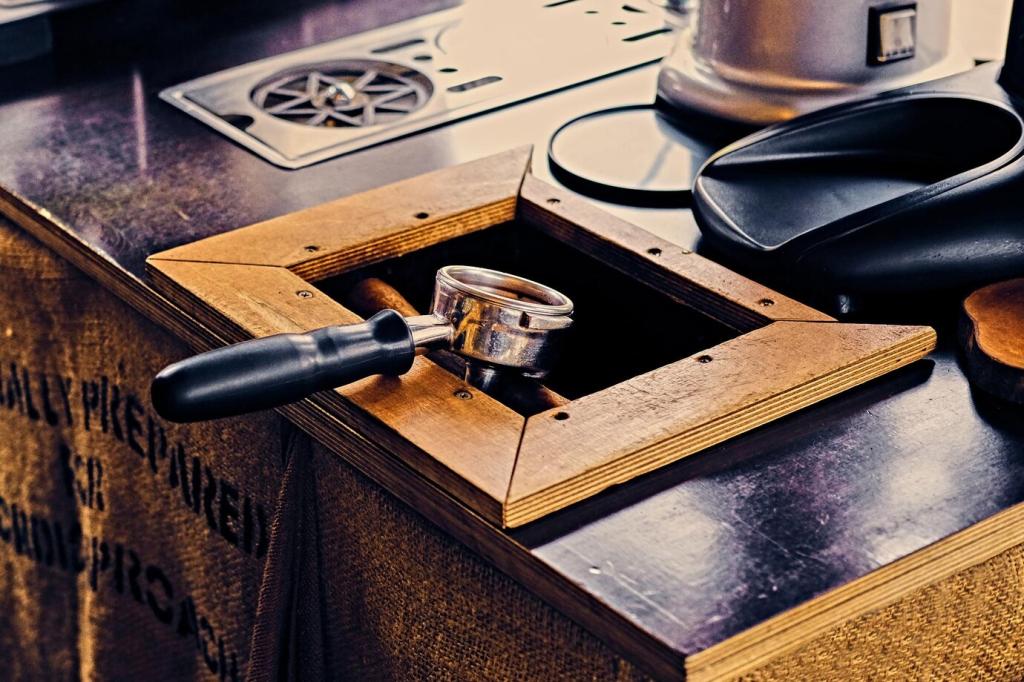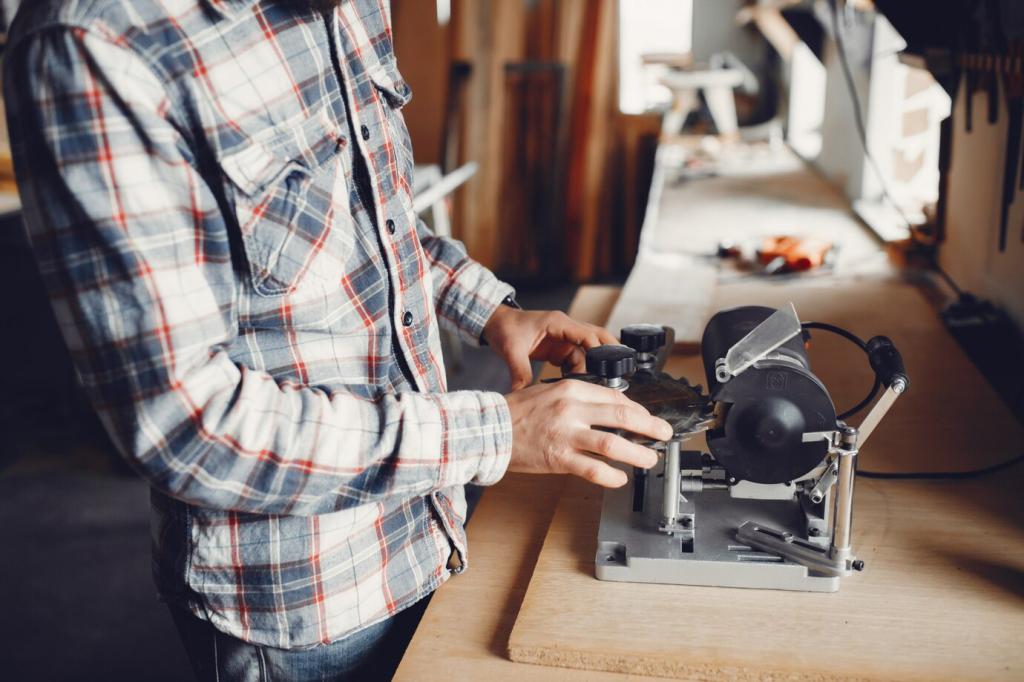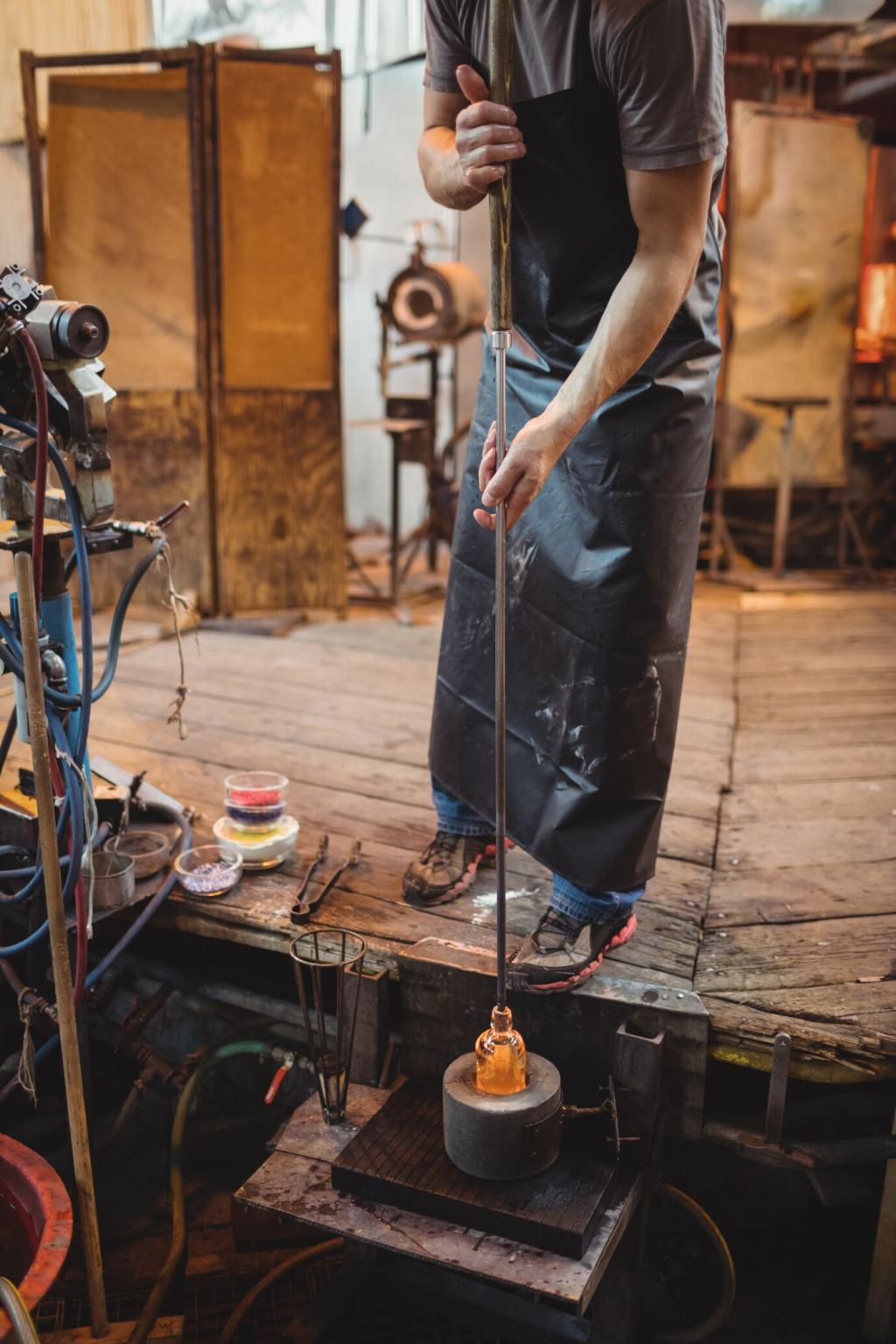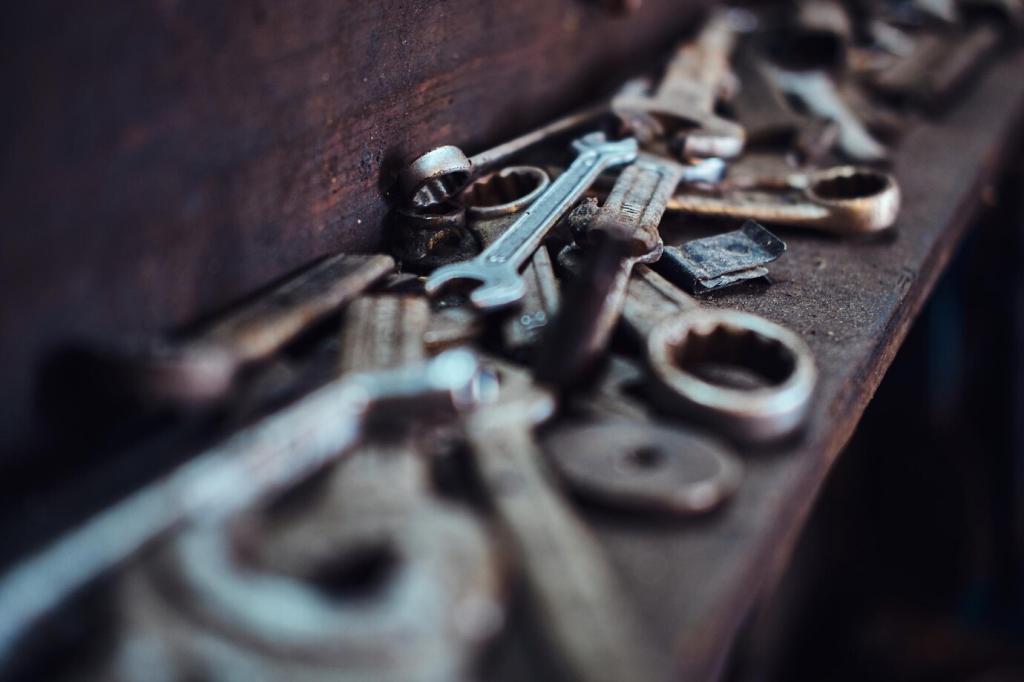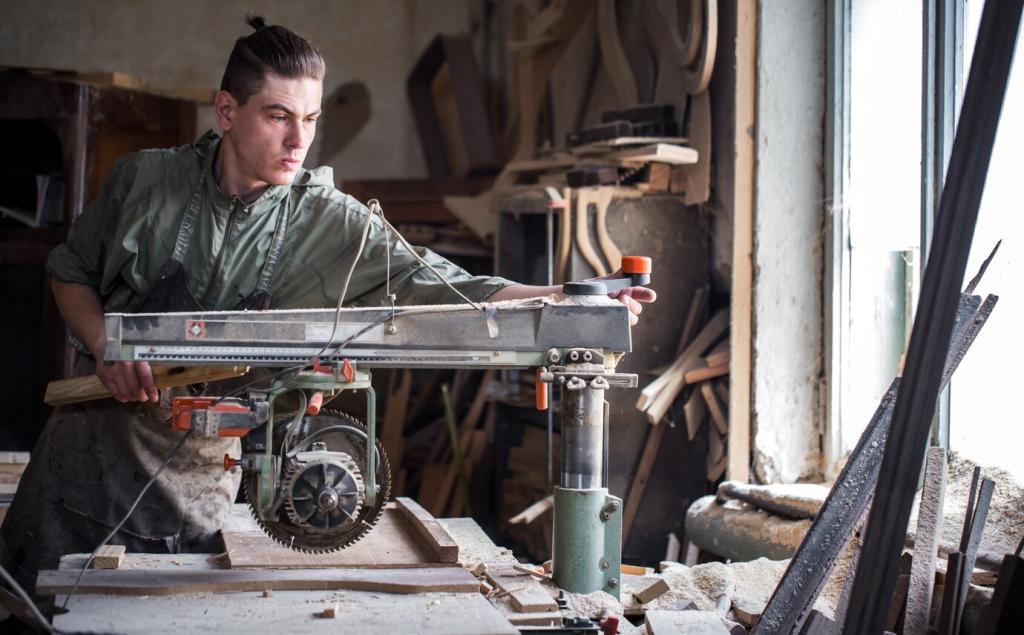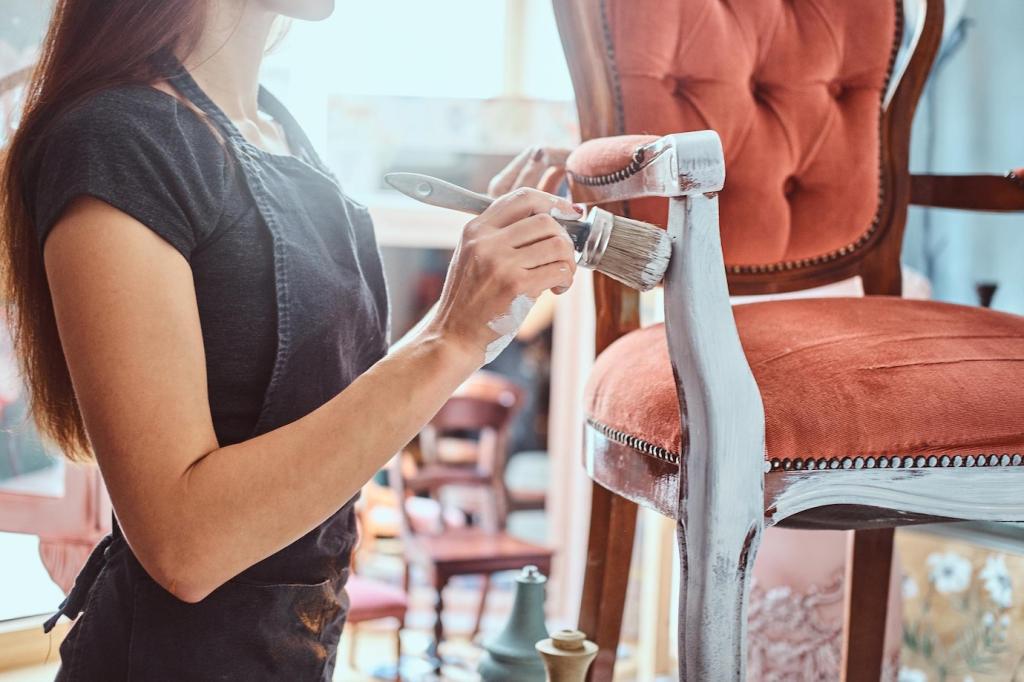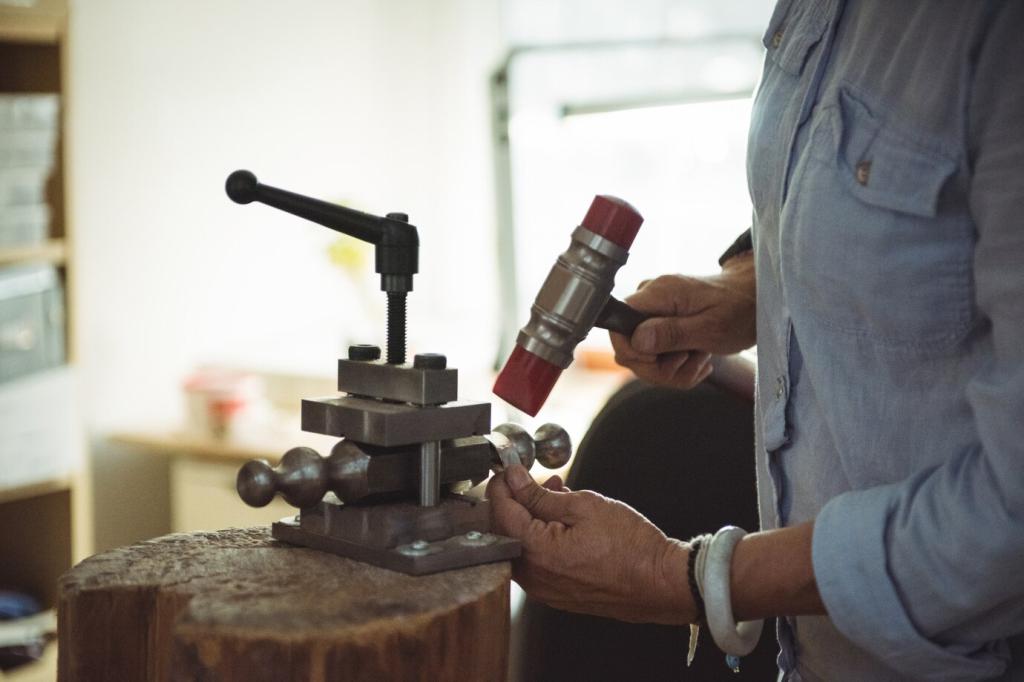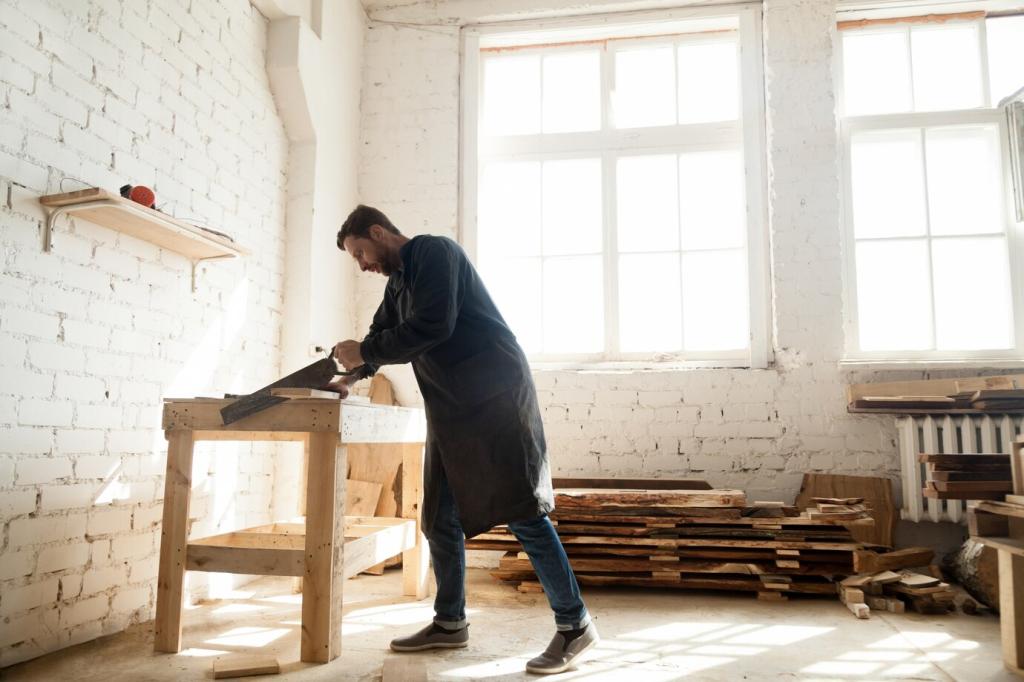Reviving Shellac and French Polish
Crazing appears as fine cracks with underlying clarity; alligatoring forms thick, scaly ridges; bloom looks cloudy from moisture. Each condition suggests a tailored approach, from gentle heat and airflow to careful padding with fresh shellac.
Reviving Shellac and French Polish
A French polishing pad with a trace of shellac and a whisper of oil can reamalgamate dull areas. Use light, rapid circles, then ‘spirit off’ with nearly dry alcohol passes to remove lubricant and preserve crisp detail.

